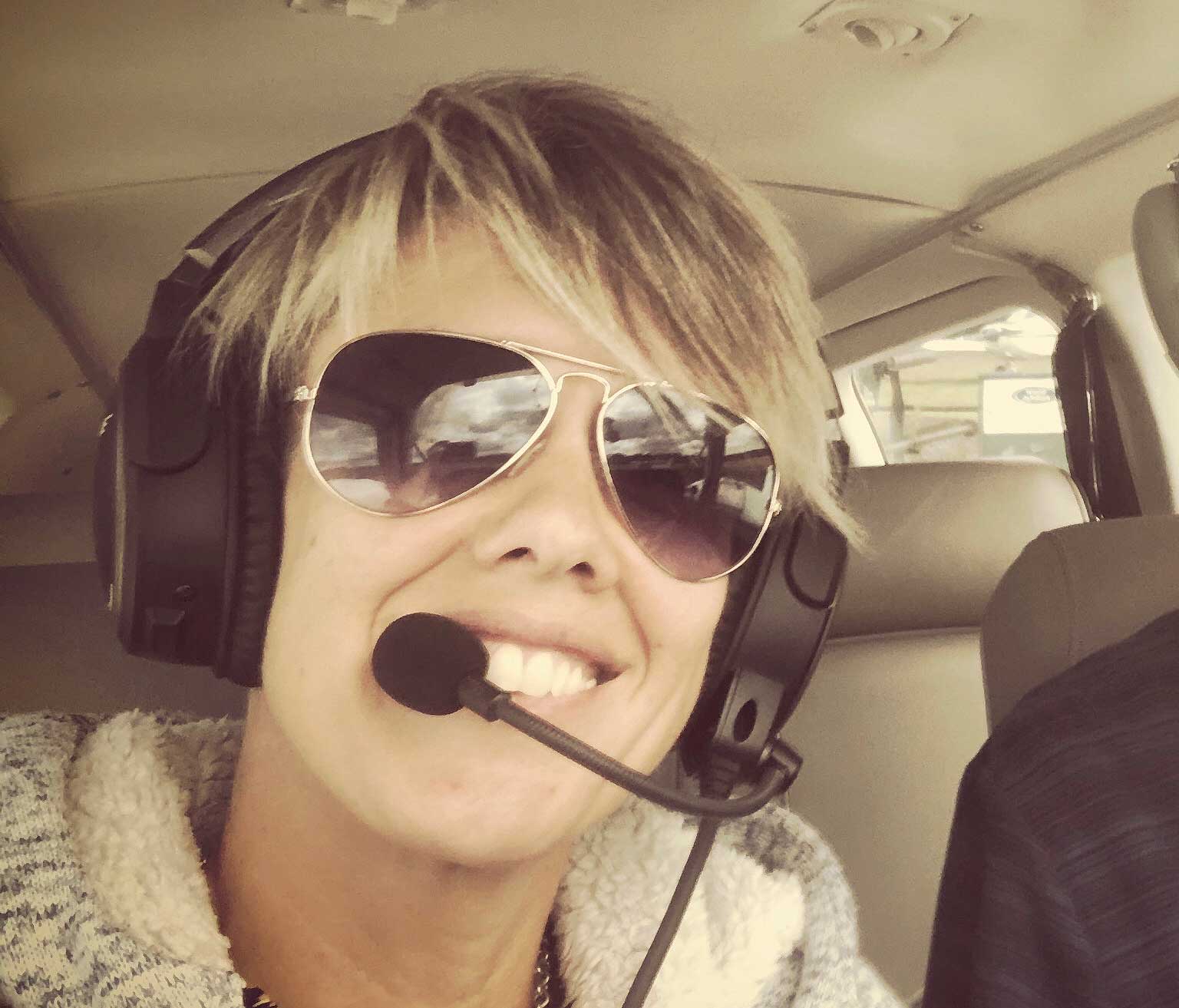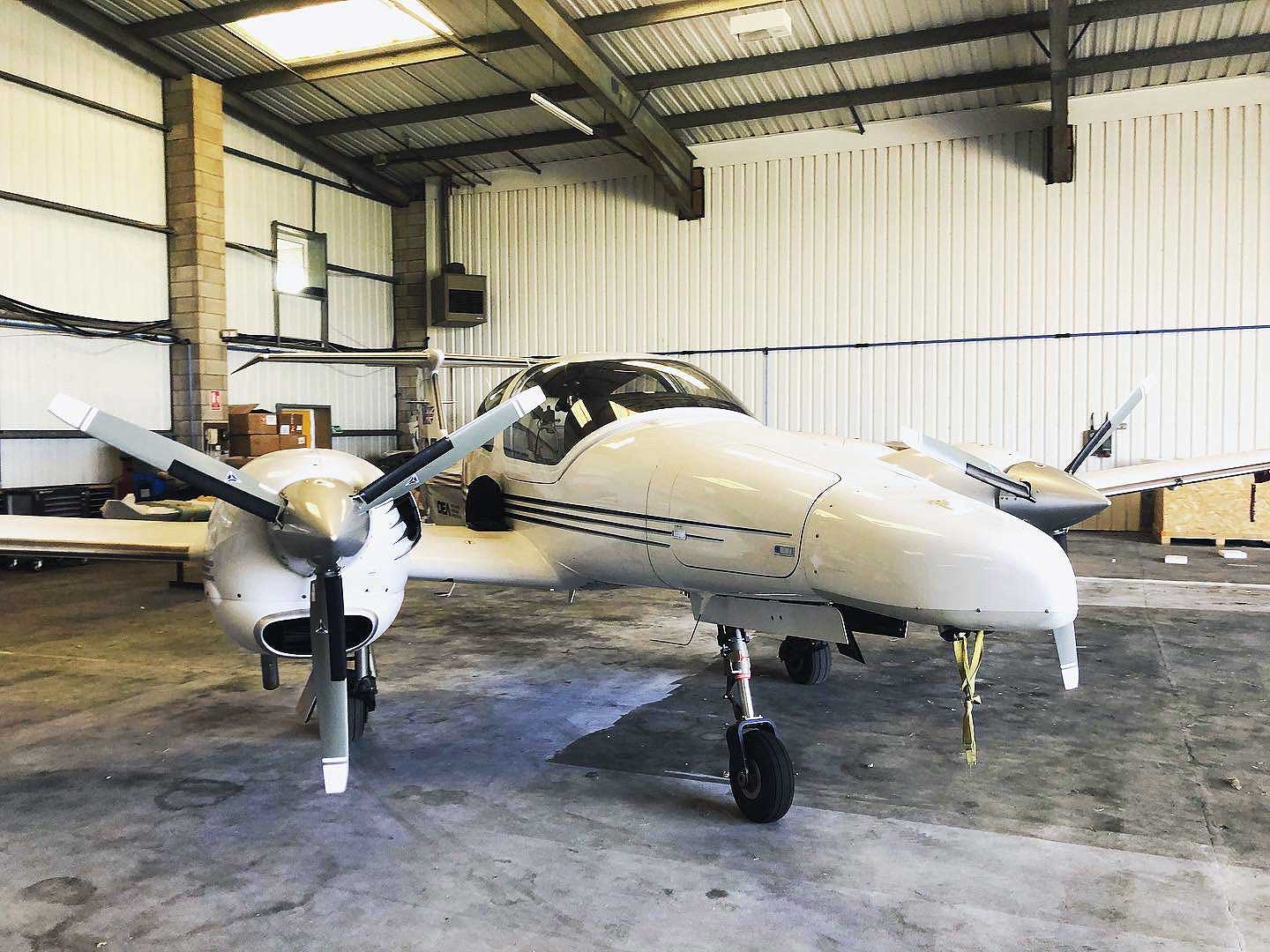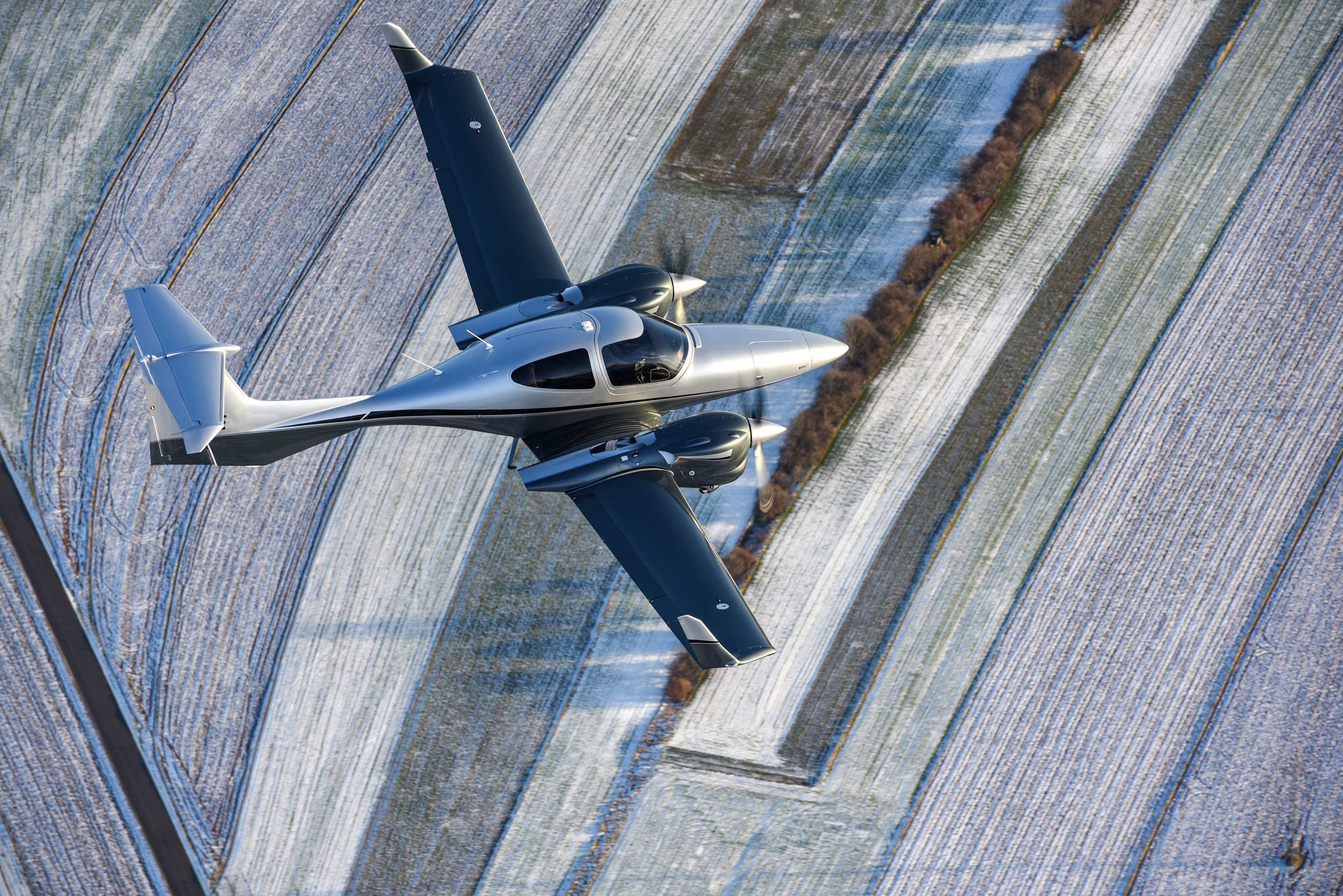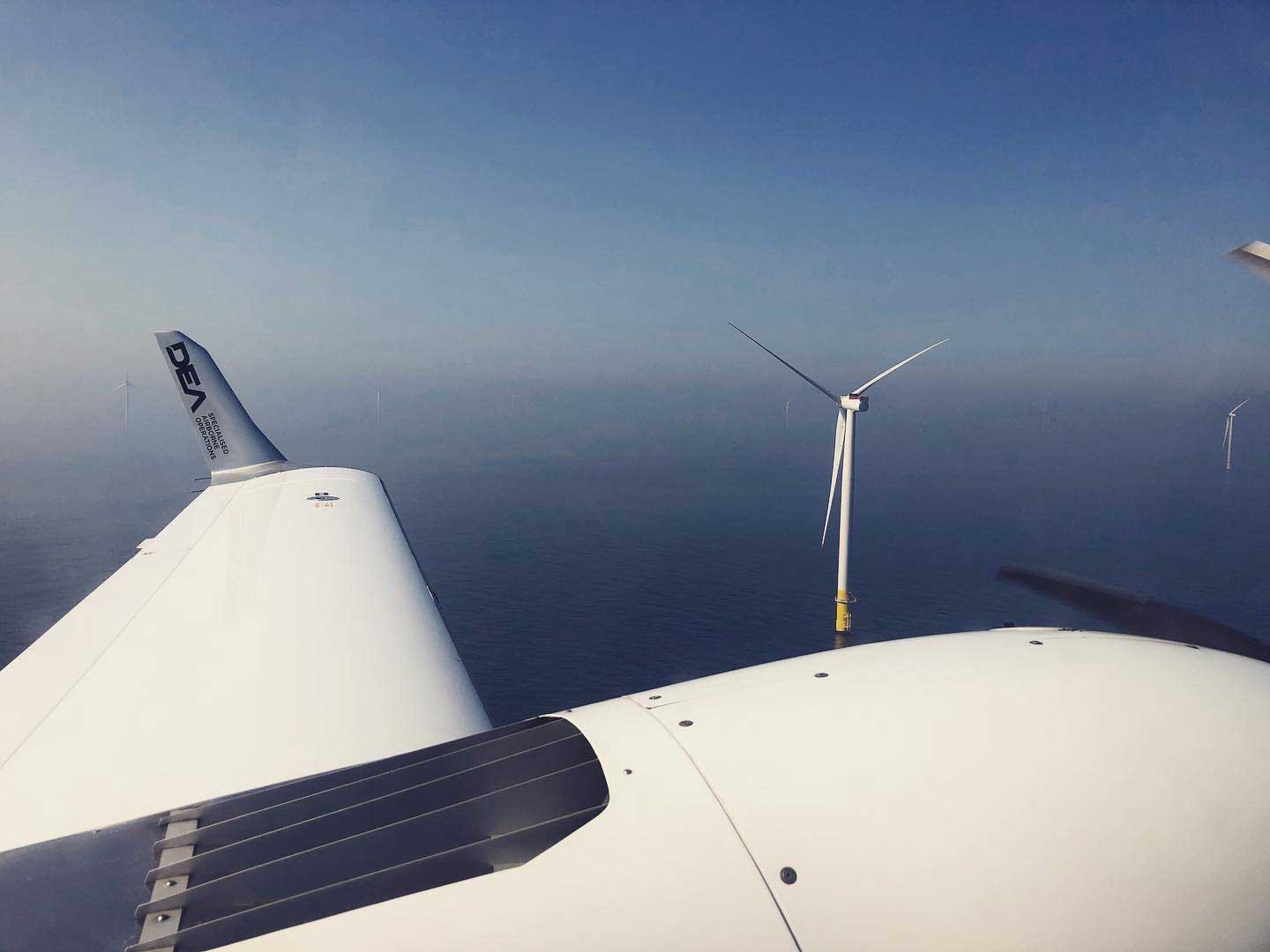
Helen Owton takes the next step in her career training as a commercial pilot: UPRT
“What’s the recovery?”
“Stop, Unload, Roll and Power, Stabilise.”
Helen Owton takes an Advanced Upset Recovery Training (UPRT) course with DEA Aviation
This year, a few people told me I was ‘wasting my time’ completing my commercial pilot training, particularly when COVID hit the world by storm. However, while everyone was glued to the daily political updates, I got busy working hard to achieve my dream.
I’ve learned there is never a perfect time to start something: ‘Don’t wait. The time will never be just right,’ (Napoleon Hill). At some point, the aviation industry will pick up again and I want to be in a prime position to take advantage of any opportunity when it comes along.
Given this, once I had completed my training, I started exploring where to complete the Advanced Upset Prevention and Recovery Training (UPRT) courses and was recommended the new £1,650 course at DEA Aviation at Gamston.
EASA made UPRT training mandatory before completing your first type rating in December 2019 so many courses delivering UPRT are quite new. Nonetheless, the course must meet the requirements of Part-FCL 745.A and comprise of five hours ground school and three hours dual flight instruction with a qualified FI(A) ref FCL. 915(e) and be conducted at a suitable ATO.
Also, the main aim of the course is to give pilots the competencies to prevent, recognise and recover from unusual attitudes – when an aircraft may become unintentionally ‘upset’.
The reason I chose to complete my UPRT at DEA Aviation is because the course is run by an extremely experienced pilot – Graham Duff, a former Typhoon and RAF pilot. To get an opportunity just to fly with Graham was an experience I didn’t want to miss, let alone learn from one of the best.
Additionally, one of the unique selling points at DEA’s UPRT course was flying an hour in the DA42, a multi-engine aircraft, which meant being able to disconnect from an autopilot and understand how to recover from a potential out-of-trim condition in a multi-engine aeroplane.
The week before I was due to start the course Graham rang me: “Hi Helen, I’ve got some bad news I’m afraid! We can’t do the UPRT course next week, BUT I do need a co-pilot to come with me for a couple of days to do some low-level survey work at 300ft and you can do some of the flying in the DA42 if you want?”
That didn’t sound like bad news to me! Immediately, I jumped at the chance to be Graham’s co-pilot and fly the DA42 which I hadn’t flown before. I had done all my multi engine training in a Duchess Beechcraft 76 which didn’t have the luxury of an EFIS or an autopilot.

DEA Aviation’s Diamond DA42 in the hangar at Gamston
When I arrived on the first day, Graham came downstairs to meet me since the building has high levels of security and every door needs a pass to get through. We had a brief chat of what the day involved over a coffee and went straight to the aircraft. We didn’t have that much time to go through the DA42, but he showed me the important elements and I thought I would just try and pick things up as we went along.
I had watched a brief video on the Garmin 1000 and had a quick read of the DA42 POH which I had asked him to send me. He briefed me on the take-off and let me fly us out of Gamston.
We flew to the location of the job and flew at different levels in different directions. This was the first time I had flown for nearly four hours and I had no idea how much my bladder was going to behave after two teas and a coffee.
I found out about half an hour into the flight and tried to hold it for as long as possible, but the pain became too much after another hour.
So, I asked Graham, “What do people do if they need the toilet?” and he answered me without getting the hint! Eventually, he asked suspiciously, “Why?”
Another first – weeing into a bag in the back of an aeroplane! I clamber back into the front and Graham looks at me and seems impressed: “Good work!”
The second day, we flew in the morning and in the afternoon and this time, I limited my liquids. I learnt so much about what flying for a job involved as well as getting some familiarisation with the aircraft.

Diamond’s DA42 light twin is a common aircraft for flight training
Startle and surprise
When I arrived to start the course the following week, I felt a bit more familiar with the place and with Graham.
Fuelled with coffee, we spent a day doing the five hours of ground school which covered aerodynamics applicable to aeroplane upsets, potential physiological and psychological effects of an upset, startle and surprise and strategies to develop resilience and mitigate startle effect.
I was familiar with ‘startle effect’ (sometimes known as the ‘amygdala hijack’) as I had chosen it for my long brief for my FI course – playing to my strengths as a psychologist. Graham referred to key case studies with gritty videos which helped contextualise some of the main learning points.
The first hour of flying was spent in a DA42 and I was lucky to be more familiar with the aircraft after nearly 11 hours flying the week before. The aim was to consider situations where the aircraft may become unintentionally upset using the autopilot. For example, setting the autopilot into a climb and ‘forgetting’ to increase the power.
Graham used real examples as well to help understand how something could unintentionally happen in an aircraft. He told me a story of how someone had left their oxygen in the baggage compartment and climbed to 12,000ft. They needed to go and get it, so they engaged the autopilot, took their headset off and climbed into the back. Inadvertently, they knocked the autopilot button and accidentally disengaged it, but they didn’t hear it disengage because they had taken their headset off. It was only when they felt themselves pressed up against the aircraft and looked round to find that they were nose down in a steep descent.
This was the example he used to gently pull out of a spiral dive. Live examples and recovering from these situations helped to understand how to respond if startled and you find yourself in a similar position one day.
Also, in the DA42, Graham demonstrated an engine failure leading to a spiral dive which enabled him to show how a counter intuitive action of reducing power on the good engine can help in the recovery. This is one of the solutions that could only be demonstrated in a multi-engine and I found that I had to be gentler with the DA42 than in a lighter single engine aircraft which was a step closer to simulating necessary actions in a bigger aircraft.
In all the situations, the key point Graham kept reiterating was UNLOAD first. ‘Stop, Unload, Roll and Power and Stabilise’, which meant understanding how the aeroplane was ‘upset’ and then recognising how to recover.

UPRT in a Cessna 152
A lot of my pilot friends had talked about doing their UPRT courses in quite flashy aeroplanes like an Extra 300 so I wasn’t sure how fun flying around in a Cessna would be. However, Graham was enthused about flying around in a little Cessna 152 and I felt relatively comfortable jumping in and flying us out of Gamston.
After briefing the exercises (G awareness, nose low, spiral dive, stalling), we were going to do on our first flight and he reminded me that, “When we go to the aircraft, initially, we’re just two people going flying.”
On our first flight, we didn’t get the cloudbase we were hoping for, but made the best of the weather we had and achieved most of the first brief. The g awareness was interesting as I hadn’t experienced much g in an aircraft before so understanding how the body responds to it was somewhat surprising. I enjoyed the negative g where Graham told me to let go of the pen while it floated in the aircraft and then catch it again.
Part of the g awareness was ignoring my body’s sensations and focusing on recovering the aeroplane which seemed obvious but if you haven’t experienced much g in an aircraft, it was a bit surprising.
I realised I didn’t like being out of control with someone imposing g on me and ignoring my body’s responses seemed alarming. I think Graham may have been surprised at how ‘uncool’ I was as well, but at least I wasn’t sick!
I enjoy funfair rides so I thought I would be able to act ‘cooler’ but there is something psychologically different knowing you are spiralling towards the ground. It’s good to know survival mode kicks in and I didn’t let go of the controls.
For our second flight, we got lucky with the weather and were up at 5-6000 feet and able to achieve the rest of the training which involved incipient spinning, recognition and recovery training and consolidation training.
Graham got me to try and maintain zero g in the aeroplane so this time it was his turn to let go of the pen. As I pitched forward firmly, I watched as he let go of the pen, but it started to fall so I pitched a bit further forward to try and hold it there but then dirt off the floor started to fly up. I’m not sure if I held zero g but watching Graham grab the stuff flying upwards around him really demonstrated how I needed to fly the aeroplane and ignore things happening around me and my body sensations.
After covering the topics and key exercises first, we did some aerobatic manoeuvres to put the aeroplane into some difficult recovery positions as well as intentionally messing them up to see how I would respond – I’m not sure Graham knew what was going to happen either!
For example, trying to complete a loop at 95kt which would inevitably go wrong. Then, during a loop, he got us to fly upside down as I felt my legs fly up and hit the dash with the rest of my body dangling suspended from the seatbelt straps. That really showed me that when I’m surprised I must conquer my body and use the instruments to help me recover from the upset.
Before I started, I had only done a few hours of aerobatics and it had been early on when I started flying. Whilst there were some aerobatic manoeuvres, this felt different because it was all about understanding how to recognise and recover from an upset aeroplane.
In addition to the three hours flying, Graham used 30 more minutes to demonstrate full spinning where we entered a fully developed spin and counted how many times we spun. After the first spin, the momentum really kicked in and it really showed me how disorientating it can be especially trying to count three full spins.
Then, it was my turn to try and count three spins and recover, and this really showed me the importance of overcoming your disorientated bodily sensations and focusing on the correct recovery procedure. I may have expressed surprise, much to the amusement of Graham, but I did recover from all the predicaments.
When I didn’t choose the best mode of recovery, he didn’t take over but waited for me to ‘stabilise’ and patiently explained how I could have done it differently to avoid stressing the aircraft. I was so pleased with just how much flying he got me to do.
Graham was delighted when during one of the manoeuvres I recognised that the aeroplane had departed during my recovery and correctly actioned the drill. Unloading got an instant response and the aeroplane was back under my control.
It felt great to grasp that and it really built my confidence and has given me the key skill of recognising the departure. Again, the key recovery was Stop, Unload, Roll and Power and Stabilise and Graham made sure that was well and truly ingrained in my mind and my body.
Many of the exercises we flew not only helped me recognise and recover from an ‘upset’ but helped build my confidence and ‘fly like a proper pilot’.
I had asked around about various UPRT courses and one friend told me they were not sure what they had learned but they’d had loads of fun! Maybe I haven’t been flying as long as others, but this year has been a steep learning curve and this course was no different – not only had I had bags of fun, but I had learned a great deal, gained a whole wealth of flying experience and built a lot more confidence.
Now it’s over though, I just want to do it all over again so I can do it better next time.
For further information email Graham Duff: [email protected]
